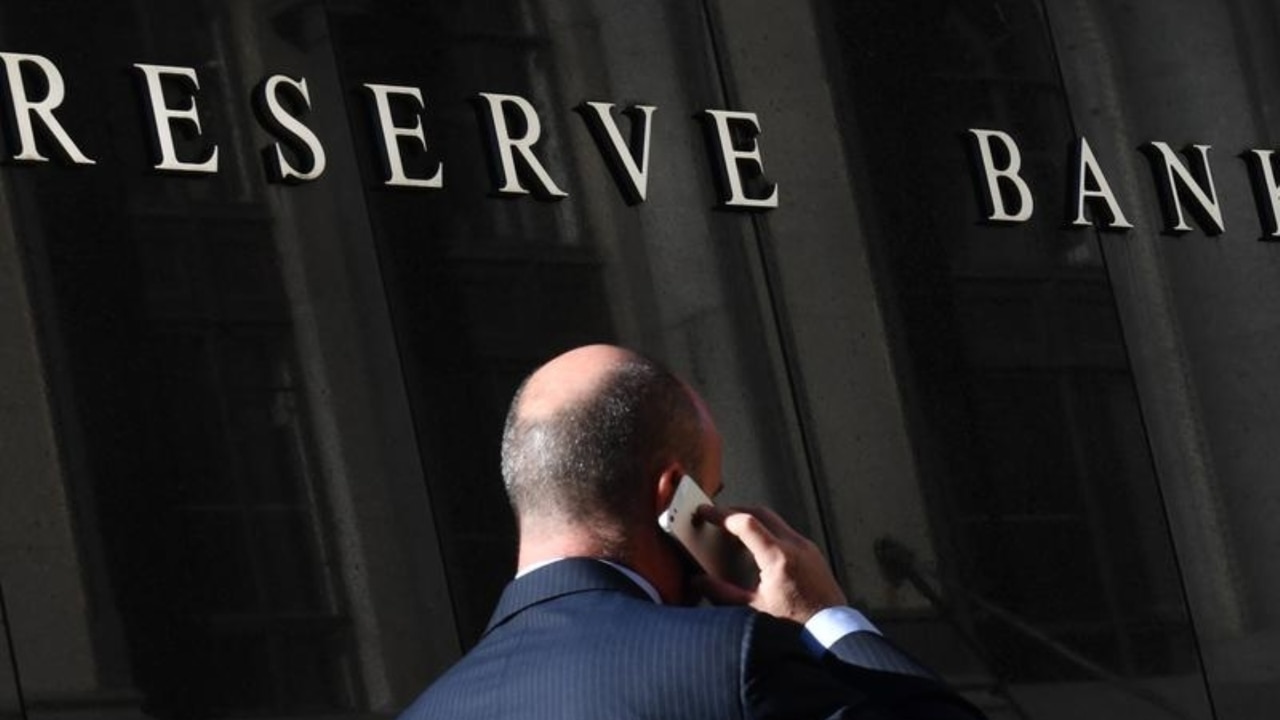House prices on track for 20pc drop but listings holding
The nation’s property market is throwing off mixed signals as another rate rise looms, Morgan Stanley says.

Major banks are still predicting a 20 per cent plunge in home prices from their peaks, with Morgan Stanley locking in its forecast after another weak month.
But the relatively small lift in home listings after the post lockdown surge 12 months ago means that the market might not be in such bad shape, according to other analysts.
Morgan Stanley economist Chris Read said that prices declined 1.1 per cent in November, putting them down 7.5 per cent from their peak. “This continues to feed through to broader housing activity with the exception of the rental market, which remains very tight,” he said.
The bank expects price declines to persist into 2023, with detached house prices falling faster than apartments. By city, Brisbane is now catching up to other cities and recorded the largest price decline, followed by Sydney and Melbourne.
Mr Read said that broader housing activity remains soft and other housing indicators also remain quite weak, with building approvals down by a deeper than expected 6 per cent in October, driven by drops in apartment and detached house approvals.
But Morgan Stanley noted that the national rental vacancy rate is now 1 per cent, which was pushing asking rents up rapidly.
“With migration expected to recover strongly next year we expect the rental market will remain very tight, with a weakening in the labour market likely needed to see vacancy rates rise,” Mr Read said.
The bank says with rate pressure to continue its expects a 20 per cent peak to trough fall in prices, driven by credit supply deteriorating sharply and mortgage serviceability worsening.
“While some supportive offsets to housing weakness are emerging, the impact from higher rates remains the most important headwind and is the key reason why we expect house price declines to continue in 2023,” Mr Read said.
However, SQM Research sees some sign for optimism as national residential property listings rose in November by 2.4 per cent to 241,701.
Nationally, new listings rose 2.5 per cent over November, with 76,553 new properties added onto the market. Listings greater than 180 days old fell by 3.9 per cent to over 56,904 dwellings.
SQM said national combined dwelling asking prices rose 0.6 per cent over the month, and distressed property listings fell by 2.2 per cent in November.
The largest monthly increases in property listings were in Hobart, Adelaide, Canberra and Melbourne of 9 per cent, 5.7 per cent, 3.9 per cent and 2.7 per cent.
SQM managing director Louis Christopher said listings are only 3.4 per cent higher than 12 months ago, which he called a small increase given the housing downturn.
“This is somewhat masked by the fact we had a massive surge in property for sale on the end of lockdowns and other travel restrictions in 2021. However, the marginal rise in old listings confirms this downturn is not severe,” he said.
“One of the key reasons why I was not more negative for the outlook on housing for 2023 was because stock listings have remained relatively stable,” Mr Christopher said.




To join the conversation, please log in. Don't have an account? Register
Join the conversation, you are commenting as Logout